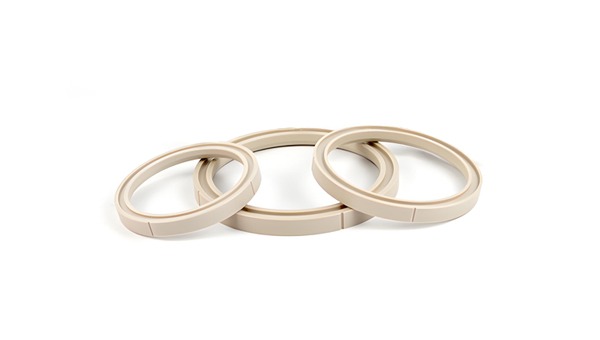PEEK Valve Seat: An Overview
A PEEK (Polyether Ether Ketone) valve seat is a critical component within valves, manufactured from a high-performance specialty engineering plastic. Due to its exceptional comprehensive properties, it is widely used in demanding fields such as petroleum and chemical industries, semiconductors, and aerospace, where high reliability and durability are required.
Key Characteristics of PEEK Valve Seats
PEEK valve seats exhibit a remarkable set of properties. They offer outstanding high-temperature resistance, capable of continuous operation at temperatures up to 260°C, with short-term endurance even exceeding 300°C. Mechanically, they possess high strength and rigidity, with a tensile strength ranging between 90-100 MPa and a flexural strength of 120-130 MPa, contributing to excellent wear resistance and creep resistance . The material has a low friction coefficient, typically between 0.3 and 0.4, and provides good self-lubricating properties, enabling operation even without oil lubrication . Chemically, PEEK remains stable against a wide range of chemicals, including acids, alkalis, and organic solvents, although it can be attacked by strong oxidizing acids like concentrated sulfuric and nitric acids . Furthermore, PEEK valve seats demonstrate high dimensional stability with low thermal expansion, high flame retardancy achieving a UL94 V-0 rating, and excellent resistance to hydrolysis, allowing long-term stable performance in high-temperature, high-pressure steam or water environments exceeding 250°C .
Comparison with PTFE Valve Seats
When compared to PTFE (Polytetrafluoroethylene) valve seats, another common soft-sealing material, PEEK holds distinct advantages and trade-offs. PEEK boasts significantly higher mechanical strength, with a tensile strength around 162 MPa compared to PTFE’s 20-30 MPa, making PEEK more resistant to deformation under load, a issue known as ‘cold flow’ in PTFE. PEEK also generally offers superior wear resistance. While PTFE can operate across a wider temperature range (-260°C to 260°C) compared to PEEK’s typical range (e.g., -70°C to 250°C or -25°C to 260°C as noted in different sources), PEEK often maintains its mechanical strength better at elevated temperatures . PTFE, however, has an exceptionally low friction coefficient (0.04-0.05) and provides unparalleled chemical resistance, being virtually inert to almost all chemicals, whereas PEEK is susceptible to strong oxidizing acids . Cost is another differentiator, as PEEK is more expensive than PTFE .
Selection guidance suggests that PEEK is the more reliable choice for applications involving high temperature, high pressure, and significant mechanical stress, such as in oil and gas pipelines or high-performance compressors. PTFE is often more suitable where extreme chemical resistance, high purity, or non-stick properties are paramount, such as in chemical transfer or food and pharmaceutical applications.
Primary Application Areas
PEEK valve seats find critical applications in several industries. In oil and gas transmission, they are used in gate valves and ball valves, enduring harsh conditions like acidic media, high pressures (over 150 MPa), and wide temperature variations. The semiconductor and electronics industry utilizes them in valves for high-purity gas and chemical delivery systems due to their high cleanliness, low outgassing, and excellent insulating properties . Their non-toxicity, compliance with health standards, and ability to withstand repeated steam sterilization make them suitable for valves in medical devices, healthcare, and food processing equipment . Additionally, they are used in aerospace and automotive industries for components around engines and fuel systems where weight reduction and high-temperature performance are crucial .
Processing and Manufacturing
PEEK valve seats are primarily manufactured through two methods. Injection molding is suitable for high-volume production of complex parts, offering efficiency, relatively low cost, and good dimensional accuracy. CNC machining from PEEK rods or tubes is better suited for low-volume production, customization, or prototyping . Due to PEEK’s high melting point (334°C), processing requires specialized equipment and strict process control, such as pre-drying, to ensure the final product’s performance .
Post time: Oct-31-2025

